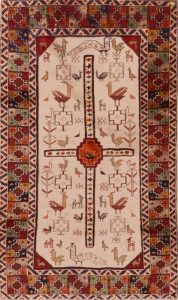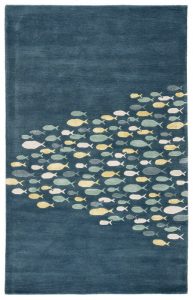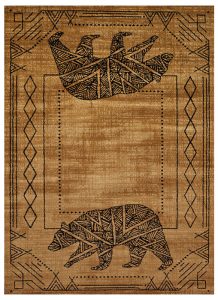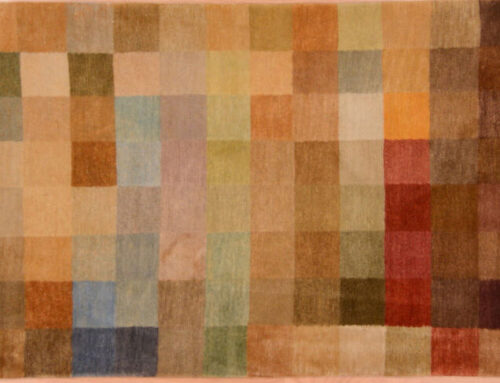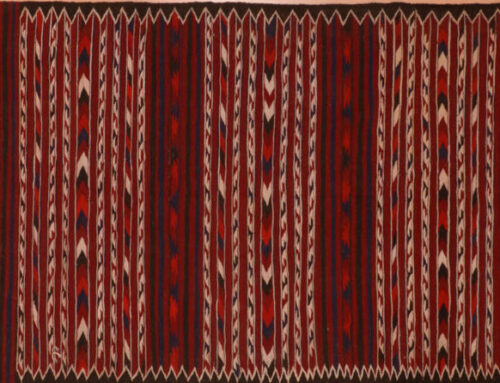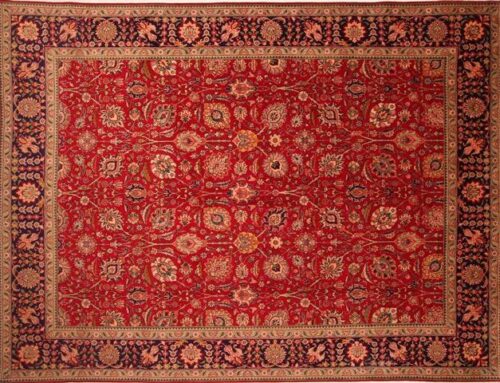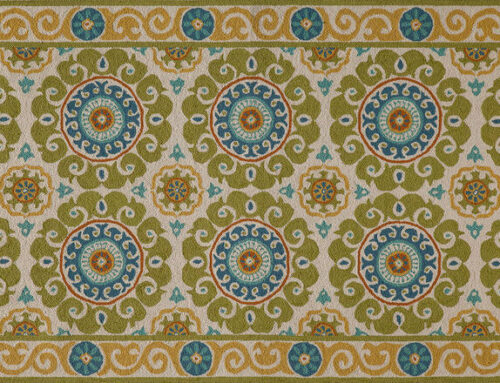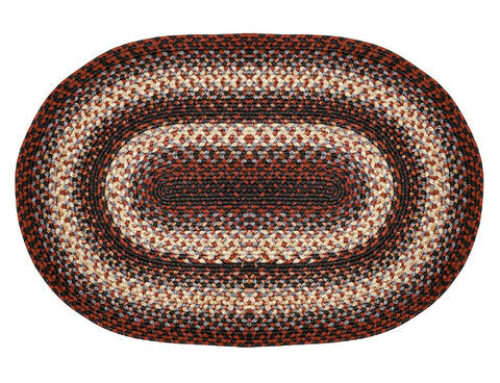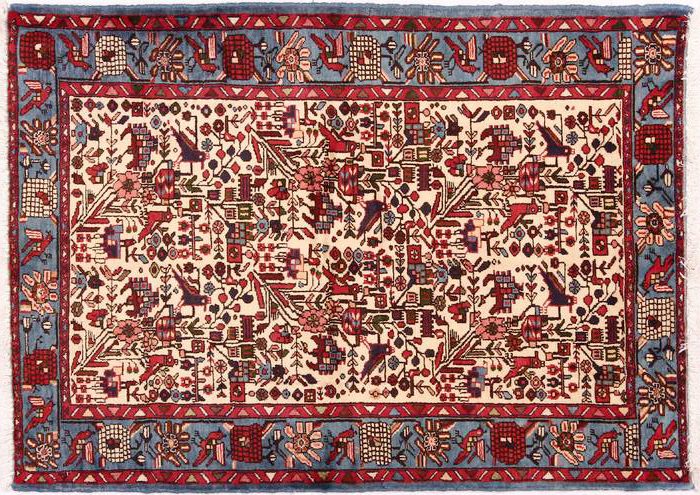
Animal Pattern
A very wide range of animals has been used in oriental rug designs. Animals have been represented naturalistically, as in the Persian hunting carpets. Through progressive stylization and abstraction, they have been represented as geometric symbols, as in Turkmen rugs. Even extinct animals may be represented. The aurochs, an extinct ox, are thought to be represented in certain ancient designs in Anatolian kilims. Domesticated animals are common in the weavings of nomadic peoples. These include goats, horses, camels, and roosters. The tiger is often represented in the rugs of Tibet and the lion in the rugs of southwest Iran. The bat is common in Chinese rugs.
For some cultures, the animals represented may symbolize a trait or condition as the crane in China symbolizes long life. The animal may symbolize a particular ethnic group or tribe, as in the tauk noska gul of the Chodor Turkmen.
A geometric design may suggest an animal form to those wishing to label and classify the design where the weavers had no intention of any animal representation. Such is the case with the “Eagle Kazak” and the “running dog” border.1
Collections
- Animal Pattern | © Rugman
- Animal Pattern | © Rugman
- Animal Pattern | © Rugman

